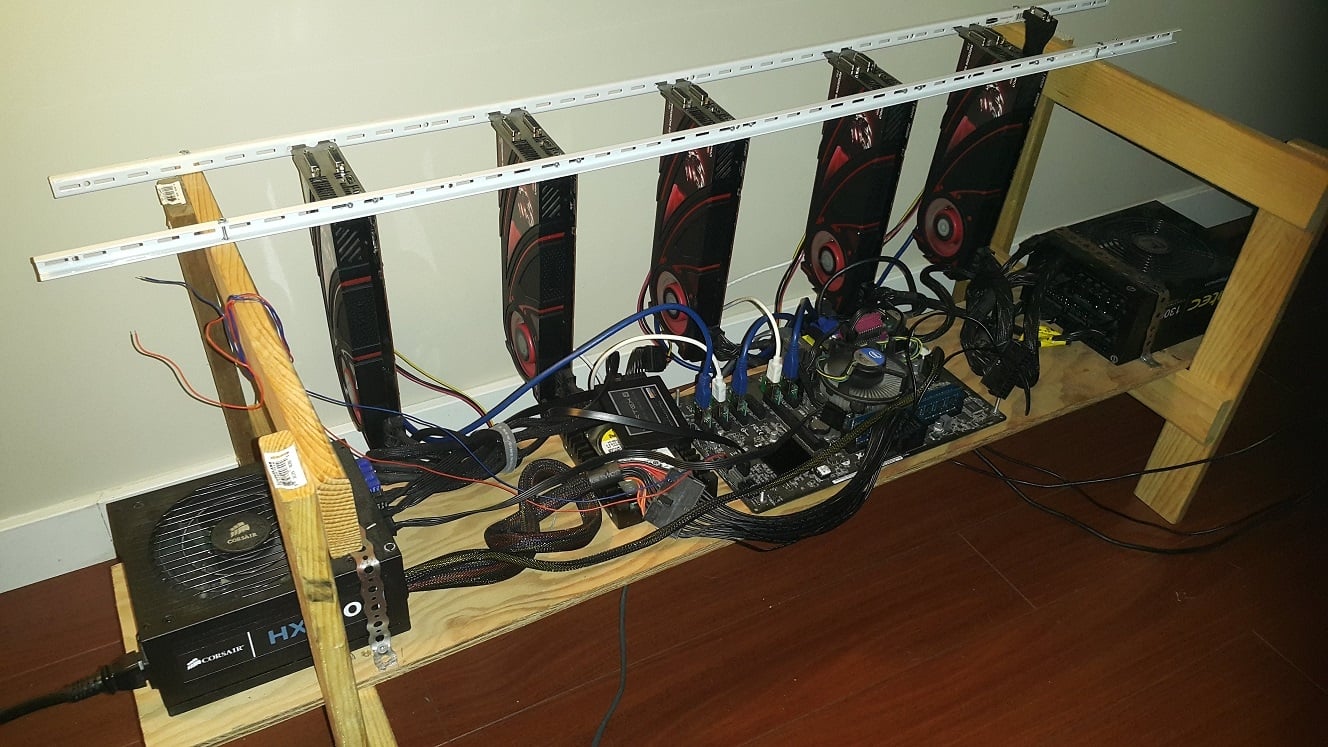Fpga Ethereum ETH Miner Diy
According to: The current intent at Ethereum is to use a mining algorithm where miners are required to fetch random data from the state, compute some randomly selected transactions from the last N blocks in the blockchain, and return the hash of the result. This has two important benefits. First, Ethereum contracts can include any kind of computation, so an Ethereum ASIC would essentially be an ASIC for general computation - ie. A better CPU. How To Mine Nexus NXS Cash on this page.
Mining hardware, mining software. For all Ethereum Mining Pool related discussions. Anyway to automatically restart ethminer when it crashes?
Second, mining requires access to the entire blockchain, forcing miners to store the entire blockchain and at least be capable of verifying every transaction. [.] one notably interesting feature of this algorithm is that it allows anyone to 'poison the well', by introducing a large number of contracts into the blockchain specifically designed to stymie certain ASICs. So basically, an ASIC should not have any benefit at all because it's just general computation.

And to top it off, contracts can be released that are specifically ASIC-hard so there would be an active disincentive to using ASICs. Though I'm not sure if that has ever been done or not in the wild. Another interesting thing that doesn't seem pointed out in the white paper is that the memory has to be FAST.
Excessively fast. So standard DRAM isn't really up to the challenge, which is why the RAM on GPUs take the brunt of the work in most mining today.
The meteoric rise of ethereum has fueled something of a gold rush for people looking to get in on the action by mining ether themselves. This requires building a custom “mining” computer from scratch, which isn’t quite as hard as it sounds. In this how-to video, Motherboard contributor Daniel Oberhaus walks you through the step-by-step instructions for building an ethereum mining rig from the ground up. By the end of the tutorial you’ll be well on your way to mining ether and contributing to the maintenance of the ethereum network with your own computing power.
MATERIALS LIST: (1) MSI Z-170a Motherboard - (2) 470rx Gigabyte graphics processing units - (2) powered risers - (8) ½ in. Aluminum angles, cut to 14 inches - (5) ½ in.
Aluminum angles, cut to 24 inches - (3) 1x2 wooden blocks - (1) 1000 watt Corsair power supply unit - (1) Intel Celeron G3900 central processing unit - (1) 4 GB stick of RAM - (1) power switch - (1) ethernet cable - (1) 16 GB USB stick - (1) computer monitor - (1) computer keyboard - (1) computer mouse - (1) pack of zipties - (36) self-driving screws - Disclosures: VICE Media earns a small commission on products sold through these links. Daniel Oberhaus owns and mines ethereum. Credit: The Noun Project Subscribe to MOTHERBOARD: Follow MOTHERBOARD Facebook: Twitter: Tumblr: Instagram: More videos from the VICE network.